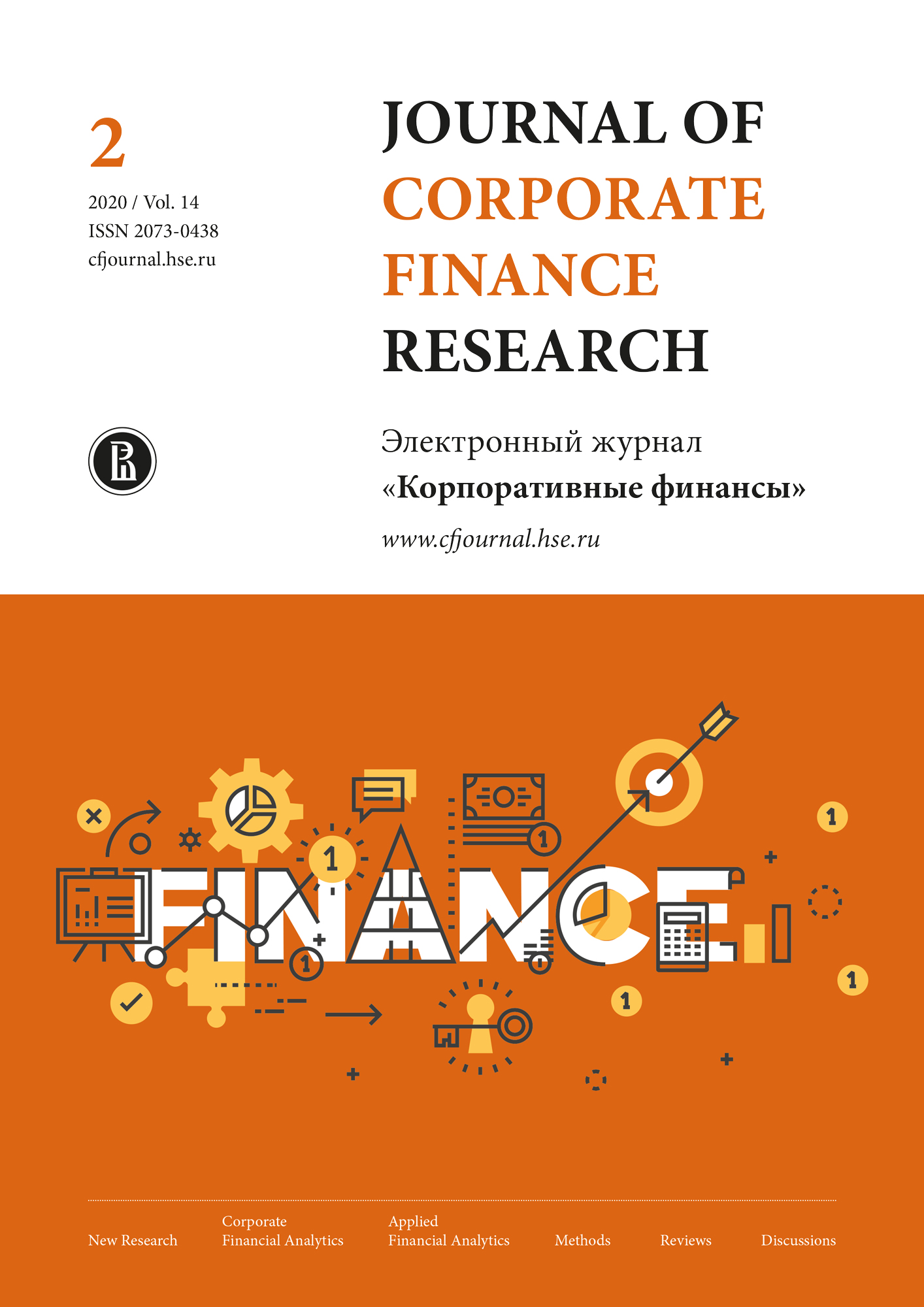Do Investors Pay Yield Premiums On Green Bonds?
Abstract
Global shifts in perspectives on environmental concerns and the growing significance of large-scale sustainability
programs have brought the issue of green financing to the fore of financial research. In terms of volume, this area has
demonstrated high growth rates in various types of capital markets.
Unfortunately, few studies exist which explore the yields on green bonds in emerging markets in comparison to
developed ones. As such, in this paper, we contribute new evidence to the field of green financing and outline several
major differences between green issues in these types of capital markets.
We study yield premiums of green bonds on a sample of 2,450 green issues and comparable traditional bonds over the
period from 2008 to March 2020. We contribute to the literature by new empirical evidence on green financing.
Our results provide evidence of small but statistically significant negative premiums on green bonds of 23,4%1 compared
to the expected yields for standard issues. We also show that the negative premium on green bonds is more pronounced
in developed markets (- 27%2) than in emerging ones (18%3). Moreover, we provide new evidence on the negative
premium-liquidity relationship. Our research concludes that negative premiums are related to a higher level of liquidity:
green bonds have lower bid-ask spreads and a higher level of liquidity than traditional ones.
These conclusions can assist investors, potential issuing companies, and public authorities in achieving a better
understanding of the current situation of the green bond market in global terms.

